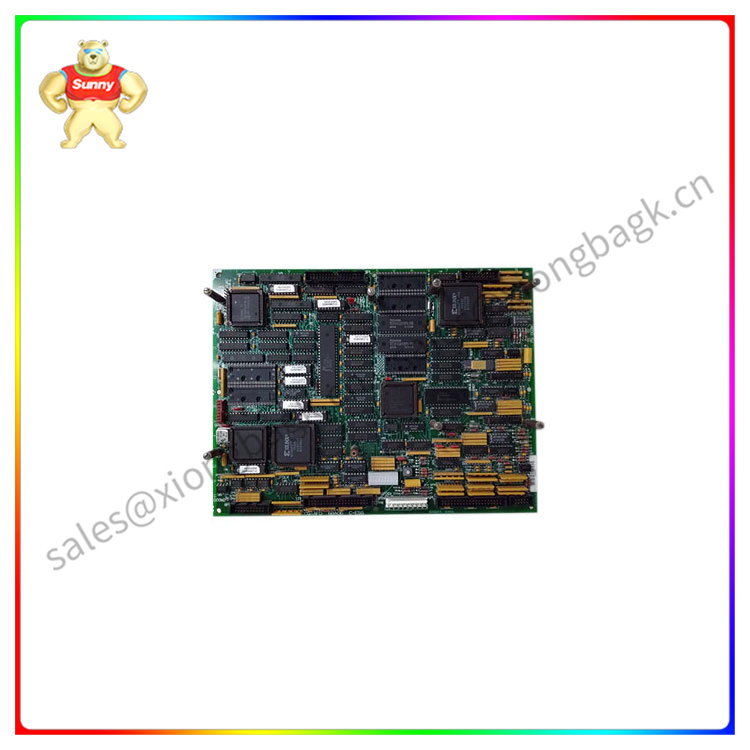“In the process of accelerating the new industrialization, the precision, stability and efficiency requirements of the manufacturing industry for mechanical processing are also constantly improving.” Using digital technology to develop and manufacture machine tools and processed parts’ more quickly and more cheaply ‘has become an inevitable choice for enterprises to enhance market competitiveness.” Li Lei, Senior Vice President of Digital Industry Group and General manager of Motion Control Department of Siemens (China) Co., LTD., said: “Siemens not only has a one-stop digital solution covering the entire value chain of the machine tool industry, but also is committed to working with machine tool manufacturers and machine tool users to build a digital ecosystem, so that digital technology can be applied to a variety of machining scenarios, enabling more industries to accelerate the pace of high-quality transformation.”
Full value chain digital solutions to help the machine tool manufacturing industry practice sustainable development
During the exhibition, Siemens presented its innovative digital solutions covering the entire value chain of the machine tool industry. These product portfolios and solutions for the machine tool industry enable customers to continuously optimize their parts processing solutions to maximize equipment efficiency, save material consumption, reduce coolant and other waste emissions, and help customers achieve cost savings through improved business models to accelerate the path to a sustainable future. In the future, these solutions will also be launched in the Siemens Xcelerator open digital business platform.
In the product development stage, the Siemens machine tool virtual commissioning solution can help machine tool manufacturers reduce the machine tool design time by 30% and the field commissioning time by 60%, improving the machine tool development and market efficiency. For machine tool users, the Siemens machine tool virtual machining solution can realize the simulation and verification of the machining process, machining speed, acceleration, beat time, etc., to help customers significantly reduce the test cutting time and test cutting cost, and avoid the risk of collision.
In the production optimization stage, the Siemens intelligent adaptive machining and tool monitoring software, which applies artificial intelligence technology, can dynamically optimize the uncertainties in the machining process, help customers reduce the metal cutting time by 5%-30%, and realize the spindle protection, tool wear monitoring, spindle drive protection and other functions. The Siemens Shop Floor Resource Management software analyzes the overall equipment efficiency (OEE), monitors the production process and resource status of the shop floor, optimizes the production process, and prepares the tools and process resources required for production in advance, helping customers achieve transparent plant management. Siemens Industrial 
Focus on new scenarios of machining, and upgrade the user experience
Siemens also presented a broad portfolio of hardware and software products for customers in the machine tool industry. SINUMERIK ONE, the Siemens Digital native CNC system, brings a new hardware platform and a variety of innovative features to adapt to more machining scenarios and improve the overall user experience for machine tool manufacturers and machine tool users. In the mold production process, the Top Speed function can significantly improve the processing speed of the machine tool through the filter of the new algorithm, and work together with the Top Surface function, which can ensure the processing efficiency and accuracy at the same time. Under conditions such as direct drive turntables that require frequent changes to the workpiece, the intelligent load control (ILC) function can match the control data intelligently according to the weight changes of the workpiece and give full play to the dynamic performance of the machine tool. In the processing operation of large machine tools such as bridge gantry, the intelligent Dynamic control (IDC) function can intelligently adjust the control parameters according to the change of machine axis position or speed, so as to obtain higher control accuracy and machining accuracy. When drilling and tapping, the Jerk Adaption function can increase the acceleration limit and optimize the shortest path when not machining, thereby improving the overall efficiency.
During the exhibition, Siemens released a new SINUMERIK 828D split controller grinding version for the Chinese market. The product is based on the needs of customers in the grinding and gear industry, so that customers can flexibly choose SIMATIC IPC and displays according to their own needs, and develop their own human-machine interface.
Deepen more industry tracks and create a partner ecosystem covering the whole industry chain of machine tools
Siemens has not only created a full range of digital solutions for the machine tool manufacturing industry, but also actively opened up new industry tracks and tailored digital solutions for more industry customers. During this exhibition, Siemens deeply demonstrated the latest solutions and application cases in new energy vehicles, power generation, aerospace, consumer electronics, construction machinery, education and other industries.
During the exhibition, Siemens actively expanded cooperation with Chinese machine tool manufacturing enterprises, and reached a strategic cooperation agreement in the field of numerical control and digitalization with Dalian Huarui Heavy Industry Casting Co., LTD., Dongfeng Equipment Manufacturing Co., LTD., Helle Precision Machinery (Zhejiang) Co., LTD., people-oriented Group Co., LTD., Shenyang Maka Zhiong Technology Co., LTD., to promote the digital transformation of China’s machine tool manufacturing industry.
 中文版
中文版




